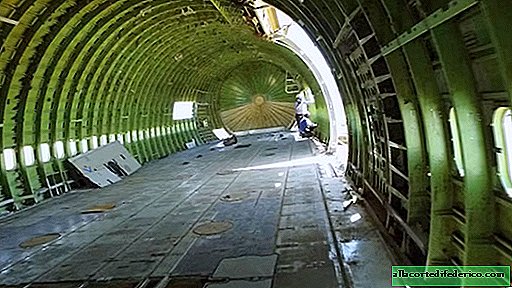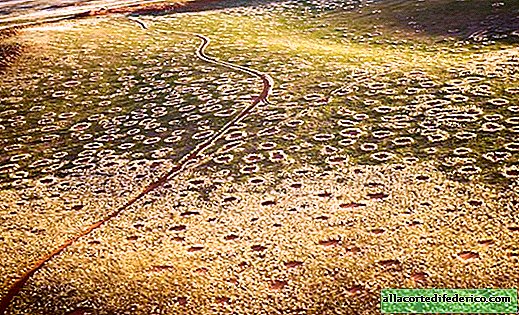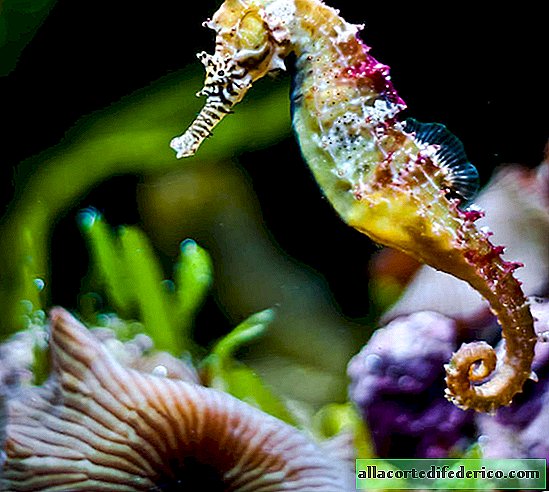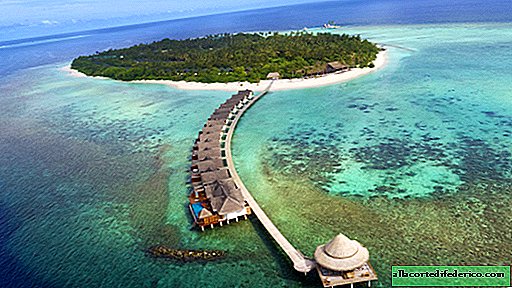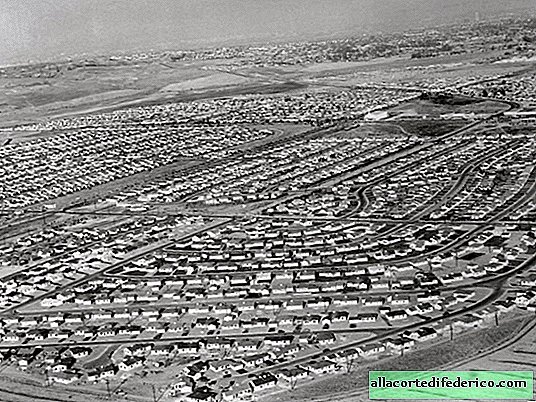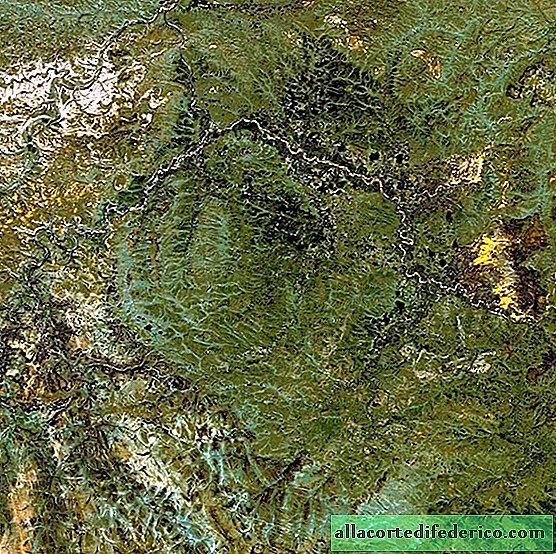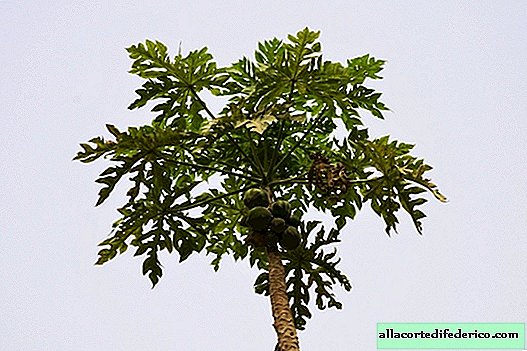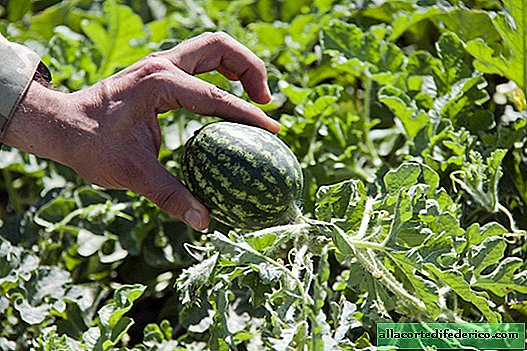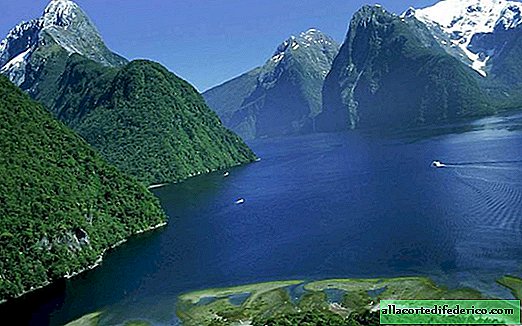Without water and under the scorching sun: how Israel turned sands into forests and vineyards
Few people like to live in the desert: it is very hot here, there is practically no water and there are often dust storms. But even in the desert you can exist quite comfortably if you turn it into a green paradise. The most amazing thing is that this can be done without tremendous material costs and without the use of ingenious technologies. Today we’ll talk about the artificial forests in Israel, which are planted in the middle of a waterless desert and that no one watered.
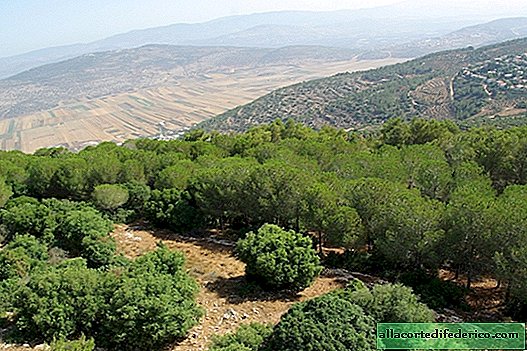
Israel is located in the Mediterranean climate zone, and 60% of its territory is occupied by deserts. But the state decided to fight this injustice by planting trees. In the late 40s of the last century, only 4.5 million trees grew in Israel, and in the late 90s there were already more than 200 million trees. It may seem strange to us that the forest fund is characterized precisely by the number of trees, but here, where each tree is a true jewel, the amount of forest is determined precisely by the number of trees themselves, and not by square kilometers of forest, as in temperate latitudes.

Initially, the desert began to be planted with eucalyptus trees. It is a culture that is undemanding to soils and abundant in moisture, and grows well in desert regions. But eucalyptus turned out to be a very aggressive species, next to which other plant species did not grow and develop well. Then it was decided to expand the range, and in the artificial plantations they began to use the Allep pine, Israeli pine, cypresses, oaks and some other types of trees.

The survival rate of young seedlings reaches 80% and higher, and this despite the fact that after planting, no one wateres them. But how do they manage to survive in the harsh conditions of the desert, where scarce rains occur 1-2 times a year, and air temperatures in open areas exceed 50 ° C? No, these are not GMO plants that do not need water, as you might think. It's all about an interesting planting technology, for the sake of which specialists from other countries where the desertification problem is coming to Israel today. When planting a young plant, they are placed in a plastic container that has white walls on the outside and black walls on the inside. Moisture from atmospheric air condenses on the inner walls, which flows down the container to the roots, providing the seedling with the required amount of water. During the first 5-7 years of life, this amount of water is enough for the full growth of the tree, and then the roots grow to a layer saturated with moisture and take food from there. Thus, it turns out that from the time of planting, young trees require minimal maintenance.

Today, Israel is hardly the only country in the world where the area of forest stands is not decreasing, but growing every year. By planting forest belts and entire forests, the country not only fights desertification, but also improves the microclimate of the territory, because trees can work wonders. On a hot day, the air temperature in forest stands is tens of degrees lower than in open areas, and here the humidity is higher, and the trees themselves protect the soil from wind erosion. In addition, in the shade of trees and in a more favorable microclimate, it is possible to grow fruit trees, which in the desert are simply devoid of any chance of survival.
The most famous artificial massif in the country is the Yatir forest, which is located right in the middle of the Negev desert. The first seedlings appeared here back in 1964, and today this forest is difficult to distinguish from natural areas, there are eco-routes that are popular with tourists and even mushrooms grow.

Today, Israel is an outstanding example of a territory where people were able to defeat the desert and turn it into a forest that improves the climate and promotes the development of agriculture. Where 70 years ago there was nothing but hot sands, today forests, vineyards, and plantings of pistachios and olives are spread. It seems like a miracle, and experts from many countries come here to get acquainted with these technologies and unique Israeli experience.



